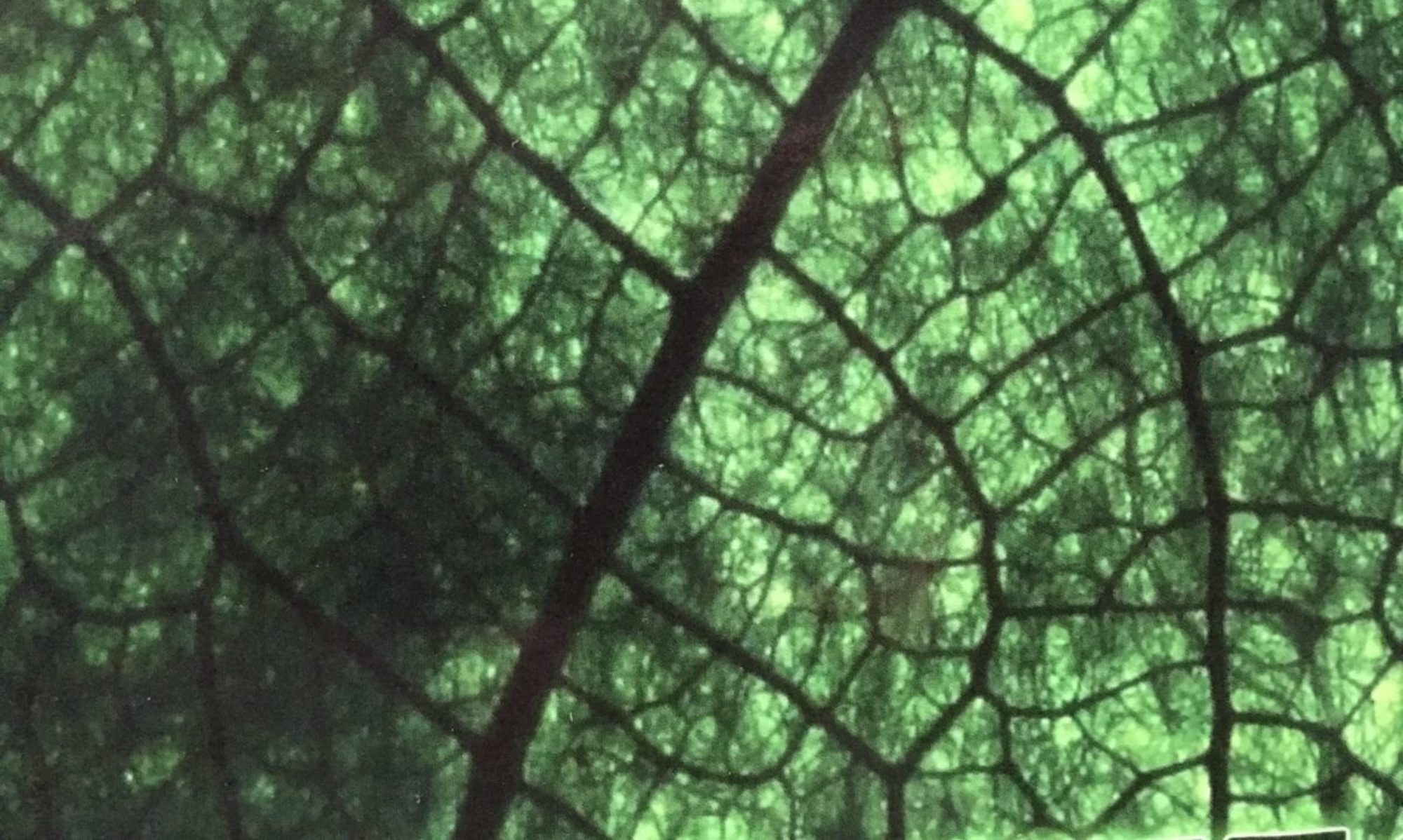We have been having some chilly weather, and it reminded me that a lot of people really get to “feeling low / feeling blue” during the dark winter season. It can be quite intense, even incapacitating.
Then I remembered that I used to be one of those people. And I wondered what had changed. To convert me to one who deeply cherishes the dark of winter-time.
When I look back, I notice it seemed to get easier when I became self-employed 30 years ago, and thus gained a bit of flexibility to set my work hours. So basically, I could sleep in on dark mornings. And also, didn’t have to commute.
Following this trail, I begin to wonder if what I noticed in myself regarding SAD might also be true on a societal level — that a lot of what depresses us about darkness and winter is the fact that we still need to get up and go to work at the same time. Which is not natural, which is a historic anomaly by the way. An anglo/western industrial capitalist thing.
By the way, I still get a form of SAD, but instead of being brought on by dark and cold, it is brought on by extremely long runs of bright sunny weather! When I look into myself, I noticed that this type of bright sunny weather induces in me a sense of obligation to be massively productive in a capitalist sense during all those extra daylight sunny hours. Whereas in many traditional cultures, it’s customary to rest when the sun is super high and broiling.
If more of us could instead reconnect our work and wakefulness to the seasonal rhythms, I wonder if the incidence of SAD would go down. What if winter meant more snuggling under blankets, doing indoor quiet handicrafts with friends and family, etc. (Or alone! I enjoy the seasonal rhythms by myself as well as with loved ones.)
Even the hard work is nourishing, when it’s in community. We’ve created a very lonely culture around work as well as everything else
Then on January 1, first day of 2026 — the day after I had these thoughts — I opened my email box to find that Desireé B Stephens was sharing a beautiful post about time. Talking about “Supremacy Culture, Urgency, and the Theft of Rhythm.”
Read Desireé’s post: https://desireebstephens.substack.com/p/claiming-a-monopoly-on-timeupdated
If you enjoy that, you will certainly enjoy her other posts as well. And she’s on Facebook too.
And if you’re serious about decolonizing your mind, follow Desireé steadily. BTW paid subscriptions come with goodies, such as expanded writings, and a weekly interactive Live.
Speaking of dark, here at Starshine House I ask people to keep “dark & quiet” hours from about midnight to six. That’s in an experimental phase. I tried 11 to 7 but that felt too strict.
The fact that we tend to be an early to bed early to rise household does tend to make it easier to follow the rhythms of sunup and sundown.
PART II. (added later the same day)
So, I mentioned that I truly cherish and enjoy the deep dark slow season, which i sometimes refer to as “the back of the year.”
But, I have often felt guilty about enjoying same. Like, I really enjoy it but then I judge myself for being a slacker.
It helped me somewhat to learn the Permaculture design principles of imitating nature; taking a page from nature’s book. Shifting one’s cadence with seasonal rhythms is a great example of working with nature instead of fighting nature.
But still, I couldn’t entirely shake the guilt.
Recently, though, I’ve gotten a whole new level of freedom from guilt. This freedom has come to me courtesy of decolonization work.
Which brings me to get another gem of a piece by Desireé B Stephens. This one landed in my inbox this morning. I’m going to share with you a lovely quote from it, but you absolutely must go read the whole piece. (Oops, I don’t think there’s actually an online piece; I think this was just part of her email newsletter.)
“Thank you for sitting with this.
Not skimming it. Not reacting to it. But allowing it to land.
This work asks something of you … not agreement, but presence. A willingness to stay with discomfort long enough for clarity to emerge. That is no small thing in a culture trained to rush past what feels heavy.
“We are in the Season of Self right now. This is not the season for performance. It is not the season for fixing.
It is the season for going deeper.
For becoming more introspective.For noticing what you’ve inherited, what you’ve absorbed, and what you’re finally ready to release. For slowing your nervous system enough to hear what’s underneath the noise.
I’ll be returning to live conversations on January 19th. Until then, you’re welcome to explore the Liberation Education Academy — it’s self-paced right now, designed for reflection rather than urgency. Live courses will begin in the spring, when we move into the Season of Renewal and begin turning insight into action.
For now, take your cues from the original mother to us all.
The Earth is not rushing. She is resting. She is dormant. She is preparing.”
Visit the link below to read more deep wisdom from Desireé, and explore the Liberation Education Academy, and sign up to get notifications of her upcoming courses.
Here’s where to go for the Liberation Education academy: https://substack.com/redirect/1ab5caeb-6f64-41aa-9c62-77563ba4aa3c?j=eyJ1IjoiMWJiejZxIn0.FvO-tT60k7dZqsJa3lo7_xniWVVbOJPCJ1s-sIZge9o
